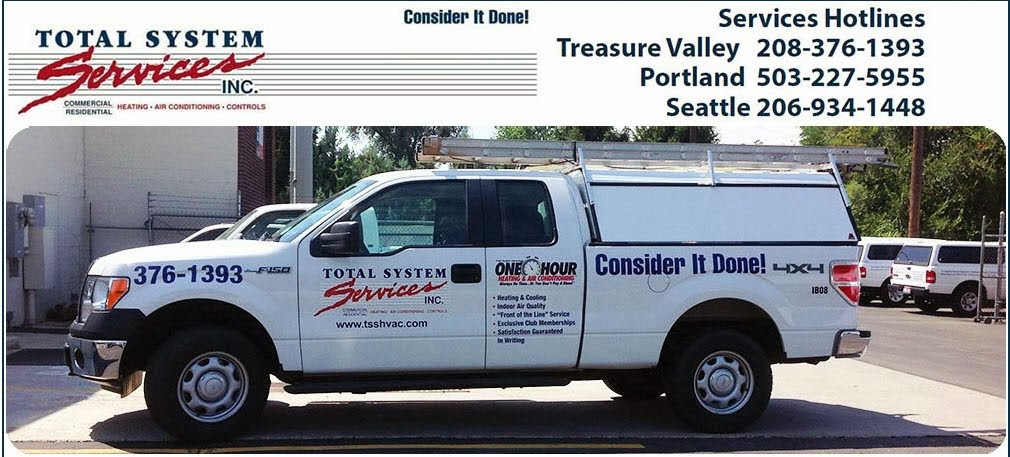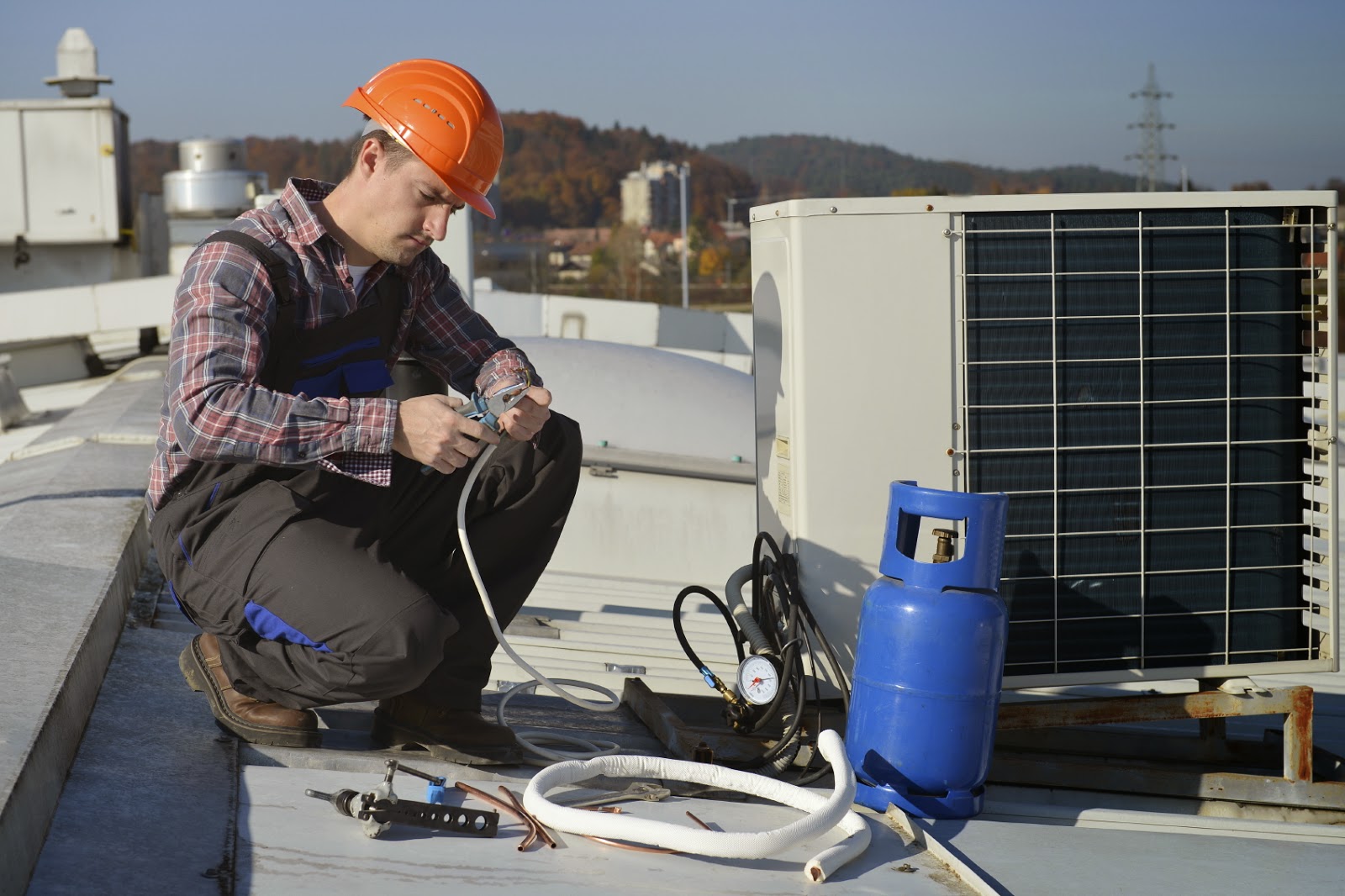As
a property owner, you have a lot to worry about every day. Large or small,
complaints or even simple requests keep us hopping to make sure every problem
doesn’t escalate into something more.
And
while you probably spend most of your time thinking about what is happening
inside your building, occasionally you have to stop and think about what’s
happening outside as well.
Did
you know that half of the energy your property is consuming is being consumed
by your HVAC system? The US Energy Information Administration estimates that
commercial HVAC systems account for 40 to 60 percent of all fuel consumption.
And while its easy to want to make changes to save money on your overall costs
every year, there’s another area that can benefit from the savings as well: the
environment.
At
the top of the news every day are articles on climate change and greenhouse
gases. Manufacturers of HVAC equipment take this into account as they develop
new innovations to help control emissions overall. Today’s HVAC equipment
require less energy than ever before, use more earth friendly materials, and
use technology to monitor leaks and other inefficiencies that contribute to
climate change.
New
Compressors
One
of the biggest areas of improvement in a commercial HVAC system is with the
compressor. Compressors account for up to 60 percent of the energy usage of the
system; its no wonder that regulations have been put into place to increase
their efficiency. The latest compressors are being designed to use technology
at its highest level, working with minimal amounts of refrigerants, while being
more efficient in the process. Some compressors are also designed with fewer
working parts, meaning less of a chance for cracks and leaks down the road.
With
the latest options and features, you’ll find HVAC equipment that is more
environmentally friendly, more energy efficient, and even more reliable than
ever before. They can maintain temperatures and moderate humidity all while
using less fuel. And because they are smaller and have fewer moving parts, they
take up less space, are quieter, and have fewer chances of breaking down. Some
even use technology at its optimal level, giving you on-board diagnostic
centers that can detect problems and shut down systems the moment there is a
problem.
New
Refrigerant
With
the ban on Freon (a chlorine based refrigerant), newer refrigerants are
constantly being evaluated to be safer for the ozone layer. One of the most
promising to date is R-410A, which contains fluorine and does not contribute to
ozone depletion. It offers high energy efficiency, allows your air conditioner
to run at a lower temperature, and reduces the load on the compressor, which
means the compressor works less and has a decreased chance of burn-out.
Technology
According
to EPA guidelines, you are responsible for the repair of any refrigeration
leaks, even if you aren’t aware of a leak. You are responsible for having your
system checked on a regular basis and to keep accurate records of service
performed and any refrigerant added. Failure can result in very heavy fines.
 While
keeping up with these requirements can have a heavy burden with older systems,
new technology makes it easy. Building automation technology has refrigeration
leak detection that monitors your HVAC system for leaks and other problems, and
warns you with any problems. Leaks are automatically detected and reported,
allowing you to take immediate action. And making your job as a property
manager that much easier.
While
keeping up with these requirements can have a heavy burden with older systems,
new technology makes it easy. Building automation technology has refrigeration
leak detection that monitors your HVAC system for leaks and other problems, and
warns you with any problems. Leaks are automatically detected and reported,
allowing you to take immediate action. And making your job as a property
manager that much easier. To explore all of this technology and more, schedule a consultation with one of our service members to learn all about how we can help you function as a property manager than much easier.








